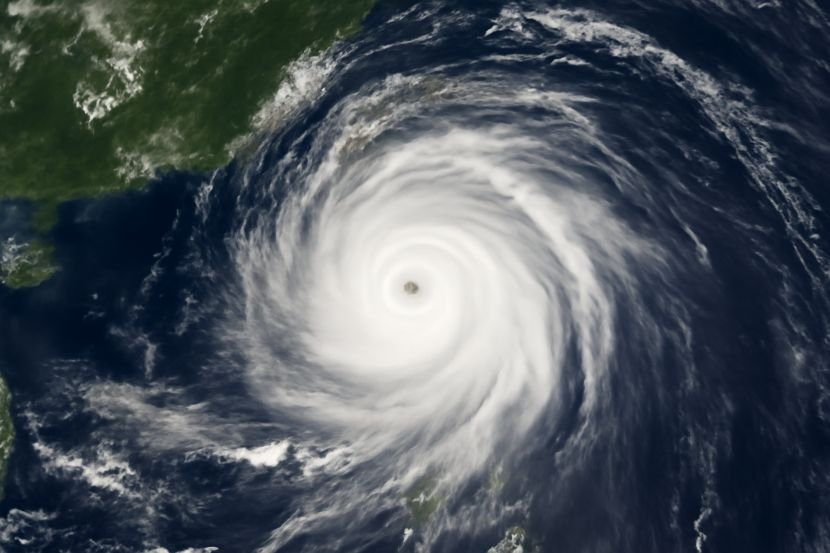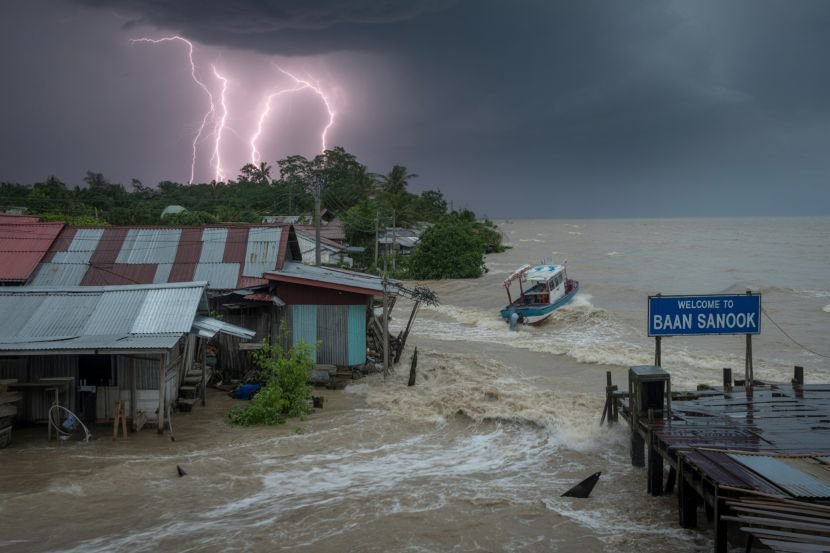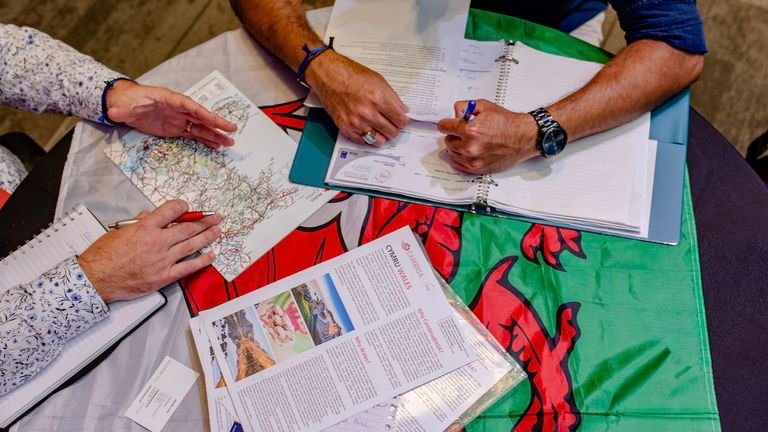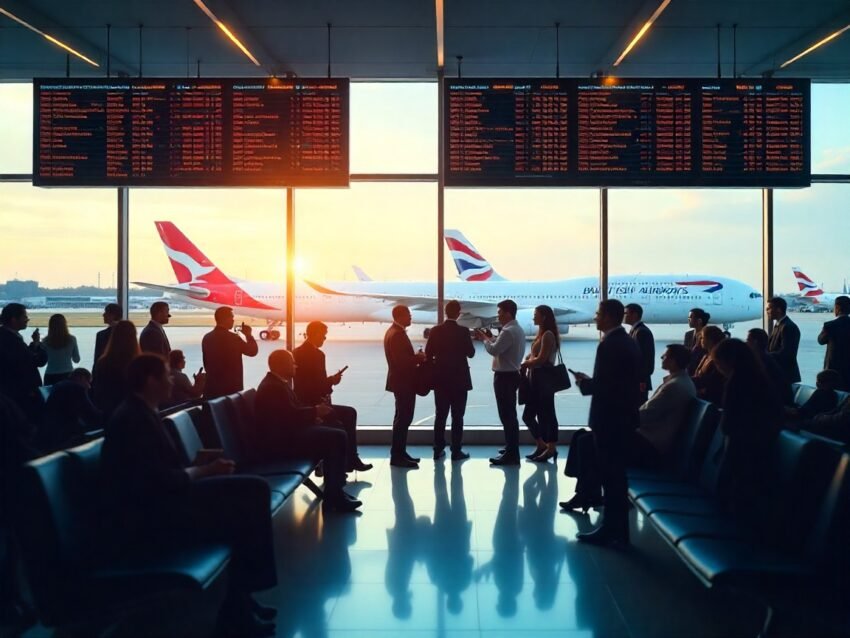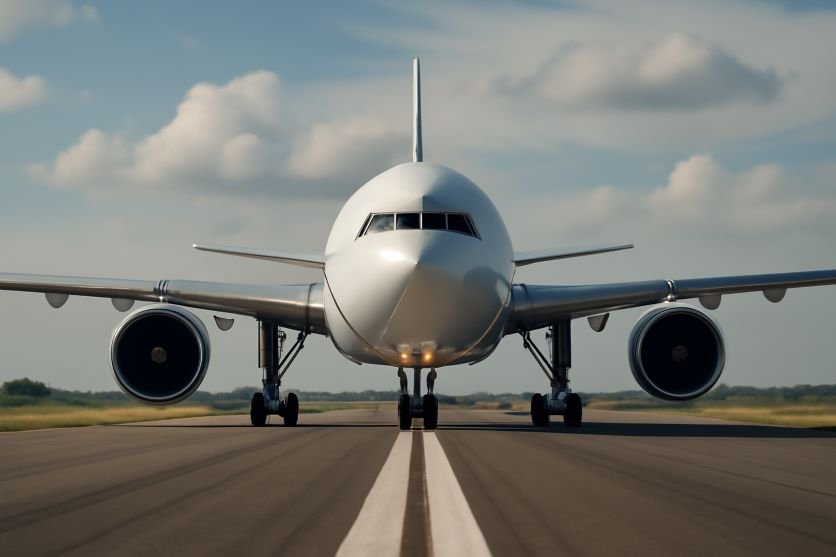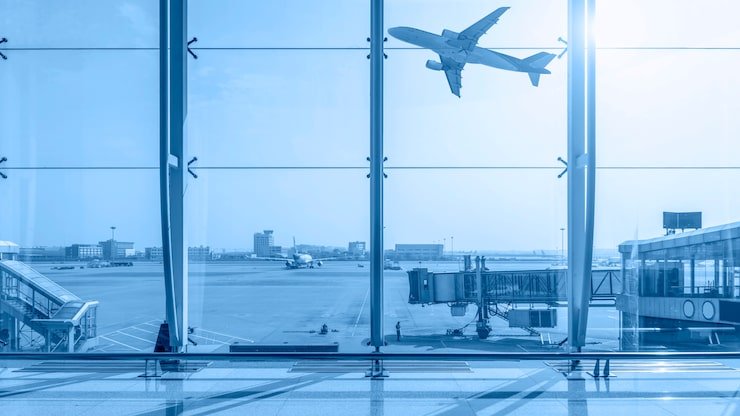
For first-time visitors, Hong Kong can feel almost overwhelming in its contrasts. The soaring skyline above Victoria Harbour, the glow of neon at night, and the ease of slipping away to quiet islands or mountain trails all compete for attention. Experiencing “Asia’s World City” at its best takes some planning, but the reward is a richer sense of what makes the city so enduringly magnetic for locals and travellers alike.
While Hong Kong’s reputation as a year-round destination isn’t up for much debate, timing can still matter. Typhoon season can disrupt travel, while queues at Victoria Peak can be daunting in the busiest months. A good place to begin is with the city’s main tourist seasons. Here’s what to know about the best time to visit Hong Kong, with insights on weather, crowds, and the city’s changing pace.
Also, consider our five-day Hong Kong itinerary, which strikes a balance between adventure, culture, and relaxation to create the perfect journey.
The best time to visit Hong Kong

Pinpointing a ‘best time’ for Hong Kong can be tricky, since it is a true year-round destination, and picking any particular time period will come with some kind of trade-off. If you’re looking for a single window, October to December is the sweet spot. Mild temperatures, low humidity, and clear skies make it ideal for sightseeing, hiking, and locking in with the city’s cultural calendar. Events like the Mid-Autumn Festival and Clockenflap add extra incentive, though you should be prepared for higher hotel rates and airfare.
For a more complete picture, consider not one but three ‘best times’. Beyond the high season (October to December), add the shoulder seasons (March to May, January to February, excluding Lunar New Year week), which bring springtime art festivals like Art Basel, HKWalls, and the Hong Kong International Film Festival, and the low season (June to September), a time perfect for budget and Dragon Boat Festival-minded visitors.
The ideal months for smaller crowds

From June to September, Hong Kong’s summer months are the best time to visit if you want to avoid large crowds. Although the weather is hot, humid, and typhoon-prone, attractions are quieter, hotel rates are lower, and you can enjoy a more relaxed pace at major sights. If you prefer milder weather but still want to dodge peak tourist numbers, try March to early May, when spring temperatures are comfortable and the city hosts cultural events like Art Basel and HKWalls without the heavy fall crowds. Bear in mind that during the Lunar New Year in late January or February, the city is extremely busy and accommodation prices soar.
Also, learn where you can enjoy the best afternoon tea sets in Hong Kong to escape the heat.
Best time to visit Hong Kong for good weather

Hong Kong has a subtropical climate, with distinct seasons and wide variations in temperature, humidity, and rainfall. Temperatures are generally mild in fall and early winter, though summer can be hot, sticky, and stormy, and spring sees occasional showers. From October to December, fall and early winter offer the most comfortable weather, with temperatures between 20°C and 28°C, low humidity, and clear skies. If you prefer slightly warmer temperatures but still want manageable conditions, spring from March to early May is also appealing, with temperatures ranging from 20°C to 26°C, though you may encounter occasional rain showers.
When to come for lower prices

Hong Kong’s most inexpensive season usually runs from mid-May to early September, which coincides with the city’s hot, humid, and typhoon-prone summer months. If you can plan and adapt, this window is best for ditching the perfect-weather crowd and taking advantage of slashed hotel rates and quieter attractions.
You might want to avoid the weeks around the Dragon Boat Festival in June, which can drive up the pricing, but visiting outside these peak days lets you explore Hong Kong’s sights and green escapes, from the Sai Kung Peninsula to islands like Cheung Chau and Lamma, without the crowds. If you’d like a budget-friendly trip with milder weather, consider late January to February (excluding Lunar New Year week). Early winter is usually the best bet for catching the city in a cooler mood, with fewer lingering tourists and lower prices compared with the high season.
Also, explore our guide to the best hotels, pools, spas and more in 2025.
Best time for sightseeing and festivals

Lanterns, dragon dances, and street beats, Hong Kong’s festival energy is as contagious as that one drumbeat that makes the whole street move. And just like the ‘best time’ dilemma, for a quintessential Hong Kong festival experience, we would keep in mind not one but three windows that you can plan around.
First, the Mid-Autumn Festival, when lanterns light up the streets and mooncakes fill markets in September or early October; second, the Dragon Boat Festival in June, featuring intense boat races and lively waterfront celebrations; and third, the Lunar New Year, typically in late January or February, when lion and dragon dances, flower markets, and fireworks animate the city.
Is there any unfavourable time to visit Hong Kong?

While there are big festivals in the summer and attractions are open, Hong Kong’s hottest months from June to September can be punishing. Temperatures hover around 28 to 32°C, accompanied by sweltering humidity, and typhoons can disrupt travel plans at short notice. Despite this, summer still draws visitors with events like the Dragon Boat Festival, but hotels and flights tend to be cheaper since many travellers avoid the humid heat. Many also avoid the Typhoon season, which begins in May and ends in November.
“There are various degrees of warning signals issued by the Hong Kong Observatory, but when the No. 8 signal is in place, most businesses and shops close down, and flights may be cancelled. There is a separate warning system for heavy rain,” states the Hong Kong Tourism Board website. The best place to find information on this is the Hong Kong Weather Information for Tourists website, or you can dial 1878 200 and press ‘3’ for English for the latest update.
Also, learn about the six accessible and direct high-speed rail routes to explore from Hong Kong to China.
Insider tips

- Always book well in advance during October to December, when mild weather and marquee festivals push hotel rates to their highest.
- For the most accurate weather predictions, rely on the Hong Kong Observatory website.
- Carry an umbrella in spring, when sudden showers can sweep through during events like Art Basel or the Hong Kong Sevens.
- If you’re coming in summer, reserve a private junk boat or island villa to escape the heat and occasional typhoons.
- Expect higher prices and packed restaurants around the Lunar New Year, but the parades and fireworks are unlike anywhere else in Asia.
- For quieter luxury, January and February, outside of the holiday week, bring cooler days and easier bookings at Michelin-starred restaurants.
- Autumn horse racing nights at Happy Valley are best enjoyed from members-only terraces with private dining packages.
- Shopping malls, from Harbour City to IFC, unveil extravagant Christmas displays in December, making them destinations in their own right.
Shop the best travel experiences here
(Feature image credit: Hong Kong Tourism Board)
Related | Best New Bars To Check Out In Hong Kong Right Now (2025)
Note:
The information in this article is accurate as of the date of publication.
We may earn an affiliate commission when you shop through links on our site.
FAQs (Frequently Asked Questions)
October to December is the peak season.
Yes. January and February bring cooler, comfortable days with fewer crowds, especially outside Lunar New Year week.
Typhoon season runs from June to September. While attractions remain open, storms can disrupt travel plans. Many visitors skip these months, but those who come benefit from lower prices and thinner crowds.
December is prime for Christmas shopping, when malls like Harbour City and IFC come out with stunning decorations that won’t let you turn your camera off.
October to December might be the best time to visit these themed attractions. For lighter crowds, March to May is another good option. Avoid the Lunar New Year, when queues are longest.
From mid-May to early September, hotels cut rates to attract travellers during the sticky, typhoon-prone summer. Late January to February, excluding Lunar New Year week, also sees lower prices.
The pros are fewer tourists, hotels with unbelievably low rates, and less crowded attractions. The cons can be sweltering heat, sudden downpours, and typhoon warnings that can throw a curveball at itineraries.
Written By

Sneha Chakraborty
Sneha Chakraborty is a journalist and photographer covering how travel intersects with food, culture, ..Read Moreand identity. Her reporting has appeared in National Geographic Traveller India, Lonely Planet, Conde Nast Traveller, Vogue India, and Hindustan Times, where she spent two years on staff as a correspondent covering travel and culture. She is an alumna of the University of Westminster`s Westminster School of Media, Arts and Design. Currently based in Delhi, she grew up in various cities across India and has lived in Amsterdam, and London. Read Less

